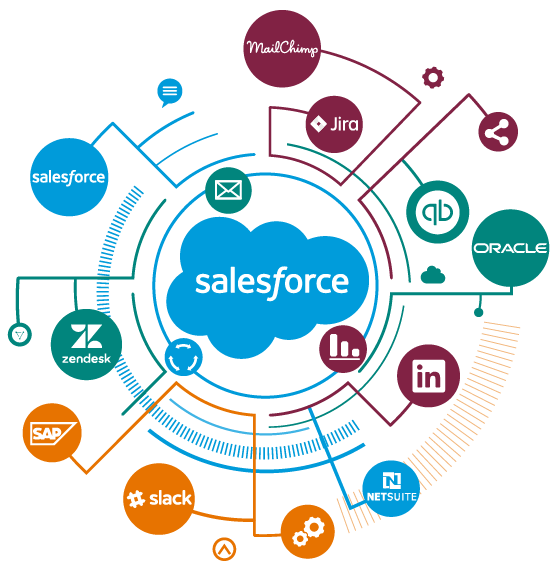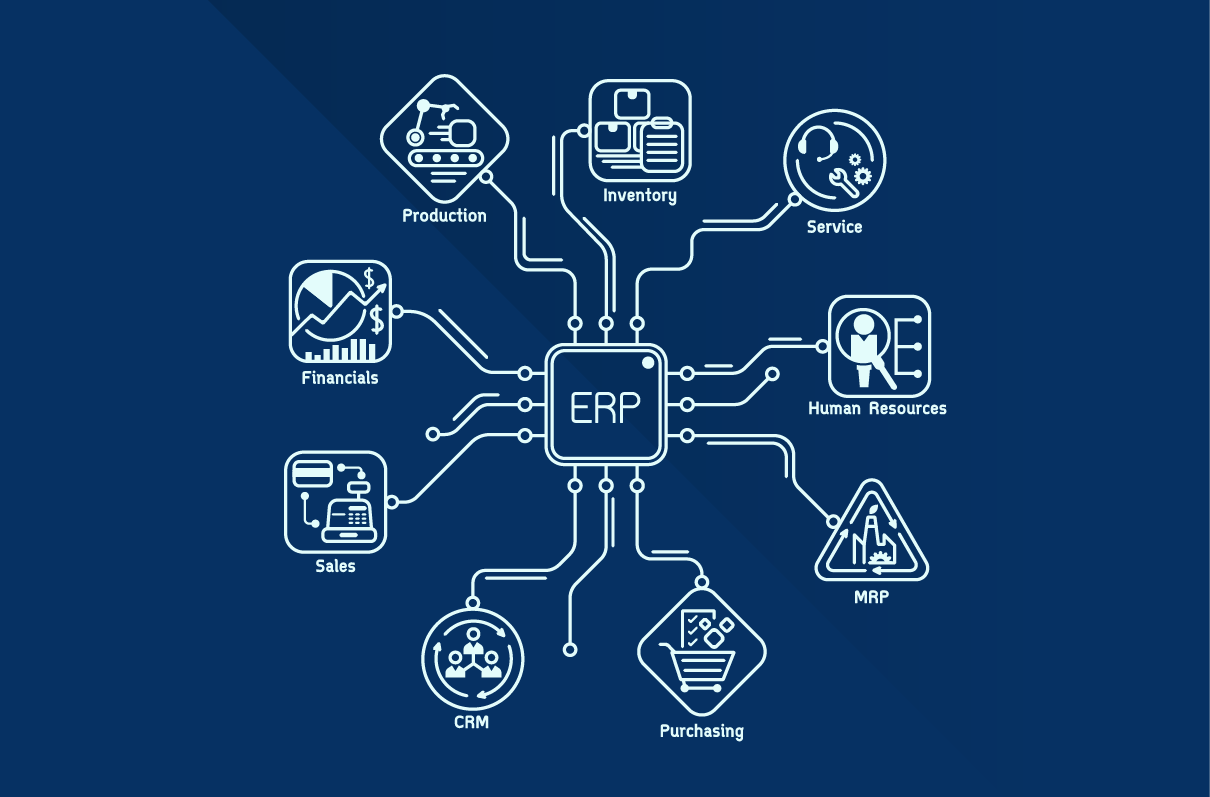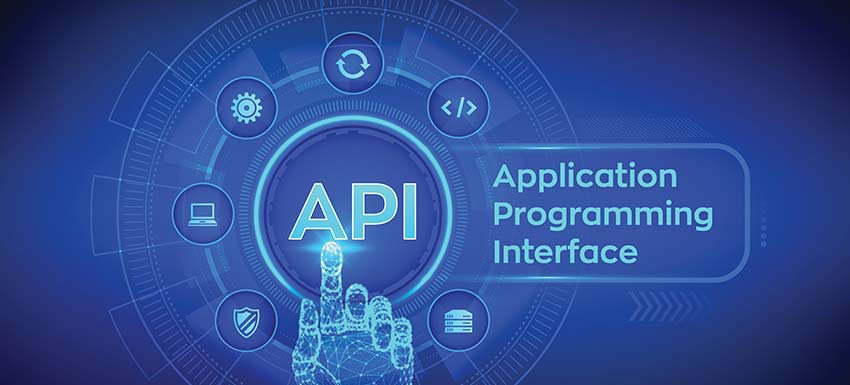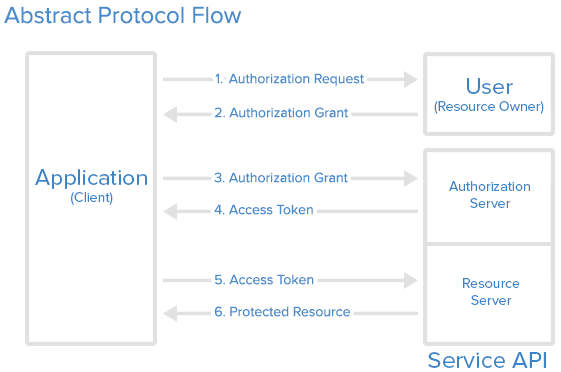Request a demo specialized to your need.
 The world perhaps is moving at a faster pace with substantial advancements in the technological sphere. Historians and scientists predict that the 21st century will be dominated by the trust-worthy alliance between AI and Biotech tactics.
The world perhaps is moving at a faster pace with substantial advancements in the technological sphere. Historians and scientists predict that the 21st century will be dominated by the trust-worthy alliance between AI and Biotech tactics.
For example, the way we monitor our health with the help of our digital software. Down the memory lane, the athletes or the fitness enthusiasts who use to sprint will track the time with the help of stopwatches. But now, hundreds of applications are available to track the time, heart rate, the rate at which the calories are burnt, and much more to add on. This is within reach only with the help of integrating one or more systems to influence human lives in a much more sophisticated way.
Technically, What is Software Integration?
Software Integration, a key engineering paradigm in the software development domain to bring so many independent sub-components into a single component that works as a combined unit to perform real-time operations in a sophisticated way.
Salesforce, a cloud CRM where the businesses can track and engage with their customers with the help of SaaS driven architecture allows developers to make a connection with the third-party applications like Azure, Sharepoint, Quickbooks, Quip, Gmail, Outlook, etc for enhanced performance from the application standpoint.

Points to flash on before integrating a system:
1) What will be the flow of Integration?
One Way – Does data will be migrated from Salesforce to a third party system alone.
Two-Way – Data will flow in both Systems i.e., Salesforce – Third Party and Third Party to Salesforce
2) How many Objects /Fields will be involved/mapped in the integration process?
The relationship between the objects and their fields on both sides (Salesforce and Third-party System). For this, we need the schema/object structure of both Salesforce and Third-party System to map the relevant objects.
3) What would be the expected volume of data that we need to exchange between Salesforce and Third-party System?
4) What will be the frequency of the data transfer?
-
-
- Realtime – Immediate processing of data.
- Batch Processing – Once in a Day or timely basis.
-
5) What is the behavior of Third-party API?
Authentication method – oAuth2.0, Basic, Token-Based, JWT, etc.
API Type – REST, SOAP, etc
6) API Endpoint for authentication and API endpoint for making callouts.
API – The cornerstone of all integrations!

Without these APIs, the core of software integration is hopeless. In recent years, for all the software developers working on various platforms around the world, ‘API’ is their salvation. Yes indeed.
The reason is very simple. If you give something as a request in a structured way with the correct protocols, the API will do the magic. It will return the response which can be used to solve involute issues.
To understand what an API is, just think about operating an Xbox 360 controller. If you rotate the directional pad towards the left, the player on the screen will stroll along to the left. If you use the face buttons or right bumper, then the player will use his skills and instincts against his/her opponent.
The whole idea of working with APIs is in its easy-peasy working model. The gamer needs not to know the working logic but still with the help of his gifted controller(API) he can finish off the game.
APIs make the sharing of information from your website to third party applications easier and this can make our business processes straightforward.
How to make a connection from salesforce to third party applications?
To make an external connection from salesforce, we need to go with OAuth 2.0 or Remote Site Settings.
OAuth2.0 is the most secure and easiest way to do software integration as it involves a minimal number of steps securely. OAuth2.0 is an authorization framework that enables software applications to obtain limited access to user accounts on an HTTP service, such as Facebook, Slack, Quickbooks. It works by authorizing the user authentication to the service that hosts the user account and authorizing third-party applications to access the user account. OAuth2.0 provides authorization flows for web and desktop applications, and mobile devices to communicate further with the external system.

Things to contemplate on API integrations:
Almost all the APIs that we use in our software systems will be maintained by the third party. And for security reasons, the API vendors may bring some enhancements to the existing systems. And when we use those enhanced APIs for communicating data, then it needs to be updated on our website so that the communication between the two systems will be synchronized in a hassle-free way.
Generally, the updates to all the available APIs in the market will be forewarned and the software developers need to make sure of the impacts and the precautionary measures that need to be taken to make sure that the system will run smoothly amidst the updates.
So, the final interpretation is,
Whether the APIs are simple or complex, APIs are an integral part of the software applications today and it gives great flexibility to blend various systems and improve the efficiency of the products.
Also choosing the right external system with clear API documentation, robust inefficiency is equally important. It will make the developers pick the right APIs to perform the business operations without hitting the service limits.
The other parameter to look after is the data load capacity of the third party system. Some legacy systems may have a plethora of data that needs to be mapped to external data systems with the help of API requests. If the payload of the system is not adequate, then the integration will end up in a mess.
The software integration can do miracles if we follow the right approach with precise applications. Even the complex business processes will look like a minuscule fragment because of the flexibility provided by the integration of various systems.
Check out our website to learn more about what Cloudbyz can do for your organization or request a virtual demo today. For more information, please e-mail us at info@cloudbyz.com.
Stay connected by following us on LinkedIn.
Subscribe to our Newsletter

